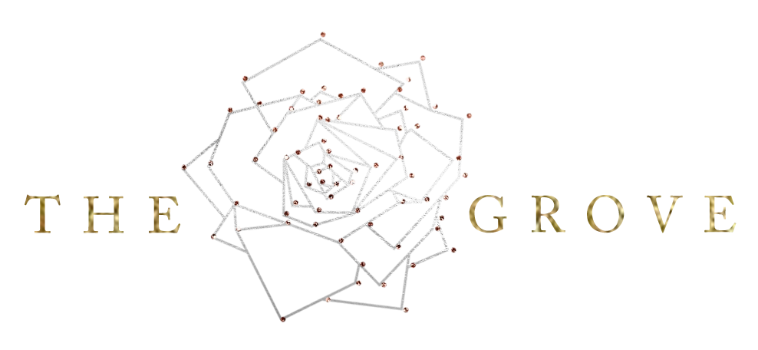What is Tethering and Why Should You Do It?
Monday, August 08, 2022 | By: The Grove Studio
“Tethering” is one of those terms that gets thrown around often with commercial photographers, but those who aren’t in the commercial photography world don’t know a whole lot about it. So what is it exactly? And is it something that you should consider for your interior photography shoots? Let’s explore.
WHAT IS TETHERING?
Tethering is essentially connecting your camera to a device with a screen so that it can send the photos to the device instantly for review. You know how you sometimes see those carts with a laptop and a whole bunch of cables floating around a photo studio? That’s the device tethered to the camera.
There are a few different ways to tether a camera, but it boils down to wired and wireless. Wired tethering requires a basic cable to connect the camera to the computer. The cable needs to be long, but these cables typically don’t cost much. This is the most inexpensive way to tether. You do, however, need to make sure that you have a cart (or willing assistant) to hold the laptop during the shoot. Also, it requires that you be aware of the cable at all times so that it doesn’t trip anyone up, get caught on furnishings, or restrict you from shooting where you need to shoot. Personally, I find this method a bit restricting because I like to be able to move around a bit freely and not have to pay attention to cables or cords. The cable connects from the camera to a laptop, so having a laptop that works well and can be taken on shoots is also required.
The second method is wireless, and this one requires more investment up front but can offer benefits that wired tethering doesn’t. Let’s start with how to wirelessly tether. You need something that creates a hotspot from your camera that the tethering software can connect to. The industry leader in this is CamRanger, which is the product that I currently use (and LOVE). It’s about a $200 investment, but in my opinion is well worth it when working with interior designers. For me, the main advantages of wireless tethering are:
WHY SHOULD I TETHER?
Tethering allows you to review photos before actually pressing that shutter button, keeping the number of outtakes to a minimum. If you’re tethering wirelessly, consider connecting to an iPad rather than a laptop. This increases your mobility and you can now hand the iPad over to your client so THEY can review each photo! From a client’s perspective, being able to make adjustments to the styling for each shot as it’s set up can be amazing. It brings them into the process and makes it truly collaborative. Allowing your client to see each shot as it’s taken also gives them some peace of mind that they’re getting the shots that they want. All this makes for a happier client, which is always our goal.
ALTERNATIVES
If you aren’t able to invest in a CamRanger right now or don’t have a laptop to use for wired tethering, Canon and Nikon do have apps that work with newer models to connect wirelessly. Often, though, these are purely for reviewing photos already taken, versus viewing in live mode before taking the photo.
If you’re working with an older model, you can share previews with your client on the LCD screen while on location. Then, consider incorporating a review meeting with your client, either in person or remotely, to go through the photos and select final images. This can save you some time on editing and also help to incorporate your client into the process.
Conclusion
Tethering can be a game changer, both for you and your clients. Consider it a tool to help streamline your process while bringing your client into the photoshoot process so it feels collaborative. Give it a go and let me know how it goes for you!





